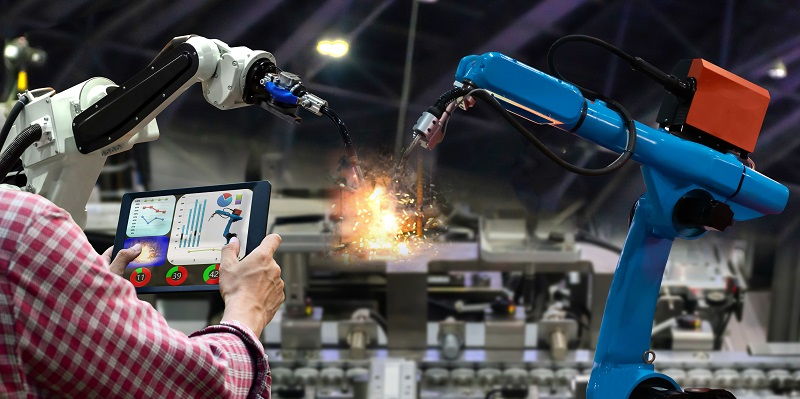Automation has become an integral part of modern manufacturing practices, allowing companies to improve efficiency, reduce costs, and enhance overall productivity. However, implementing automation solutions can be a complex task, requiring careful planning, strategic decision-making, and a comprehensive understanding of the potential challenges and benefits. To assist engineers in successfully incorporating automation into their manufacturing processes, this handy guide offers practical advice and valuable insights.
Learn from real-life examples
One of the most effective ways engineers can learn about successful automation adoption is by examining real-life examples. By understanding the common pitfalls and consequences of unsuccessful automation implementation, engineers can avoid potential setbacks and ensure a smooth transition. Real-life case studies detail the challenges faced by companies and the lessons learned from their experiences, providing valuable knowledge about what to avoid and what can happen when automation adoption doesn’t go as planned.
Building the right foundation
Building a solid foundation is crucial for successful automation adoption. Engineers need to understand the critical information necessary for seamless integration and establish clear and actionable objectives. By defining the desired outcomes and aligning them with organizational goals, engineers can chart a path towards efficient and effective automation implementation. The guide highlights key considerations in building this foundation, emphasizing the importance of thorough planning and careful evaluation of existing processes.
Planning Methods and Testing
A crucial aspect of successfully adopting automation is selecting the right planning methods. Engineers must explore the various planning approaches available and choose the one that best fits their specific requirements and objectives. Whether it’s lean manufacturing, agile methodologies, or a combination of both, understanding the different planning methods can help engineers develop a robust framework for integrating automation. Additionally, the guide stresses the need for comprehensive testing and validation to ensure the smooth functioning of automated systems.
Focusing on project operation and maintenance
Often overlooked, project operation and maintenance are integral to ensuring long-term success in automation adoption. Engineers must pay equal attention to both areas to sustain the benefits of automation. The guide offers operation management tips, which include training employees during the transition, effectively managing resources, and setting up efficient monitoring systems. Furthermore, it highlights common maintenance errors to avoid, emphasizing the importance of proactive maintenance practices for uninterrupted operations.
Performance monitoring and KPIs
Monitoring the performance of automated systems is critical for identifying areas of improvement and maximizing efficiency. Setting and tracking key performance indicators (KPIs) enables engineers to accurately measure the impact of automation adoption. This guide explains the importance of establishing relevant KPIs and provides guidance on consistently monitoring performance. By measuring key metrics and analyzing data, engineers can identify bottlenecks, optimize processes, and make informed decisions to continuously enhance their automated systems.
Leveraging partnerships for maximum effect
Collaboration and partnerships can significantly enhance the effectiveness of automation adoption. By leveraging the expertise of global parts suppliers like EU Automation, engineers can access valuable guidance and advice on various aspects, including predictive maintenance and sourcing high-quality components. The guide emphasizes the importance of forming strong partnerships and highlights the power of such collaborations in maximizing the benefits of automation.
In an increasingly automated world, engineers need access to practical information and insights to navigate the complexities of automation adoption successfully. This handy guide provides a comprehensive framework, equipping engineers with valuable knowledge to introduce automation into manufacturing practices effectively. By learning from real-life examples, building the right foundation, utilizing appropriate planning methods, focusing on project operation and maintenance, monitoring performance, and leveraging partnerships, engineers can harness the advantages of automation in their applications. With the right strategies and guidance, engineers can drive innovation, improve productivity, and build a sustainable path towards a successful automated future.

